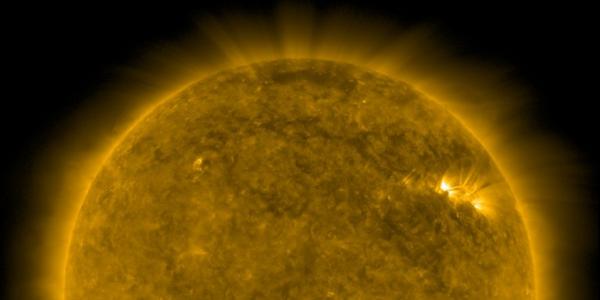Origin of the Short-Lived Radionuclides, and the Sun's Astrophysical Birth Environment
Our Solar System contained radioactive isotopes with half-lives of millions of years, including 26Al, 10Be, 53Mn, 60Fe, and others. Their origins have been long-debated, and the idea that they were inherited from the Sun's molecular cloud has been resisted in favor of models in which they are created by irradiation within the solar nebula, or injection by a nearby supernova into our protoplanetary disk. A key discriminant between these models is how uniform these radionuclides were distributed in the disk. I will demonstrate the importance of rigorous mathematical analysis in developing isochrons, and present meteoritic evidence that 10Be, 26Al and 53Mn were uniformly distributed in the disk. This supports other successful models in which the Sun's molecular cloud contained all of the radionuclides, due to a combination of irradiation by cosmic rays (for 10Be) and injection of material from Wolf-Rayet winds (all other radionuclides). Both processes demand the Sun formed in a region of enhanced star formation like a spiral arm of the Galaxy, as most stars do. I highlight problems with astrophysical models for late creation of isotopes in the disk or late delivery of stellar material to the disk. The short-lived radionuclides were inherited from the molecular cloud, making them useful chronometers of events in the solar nebula.

